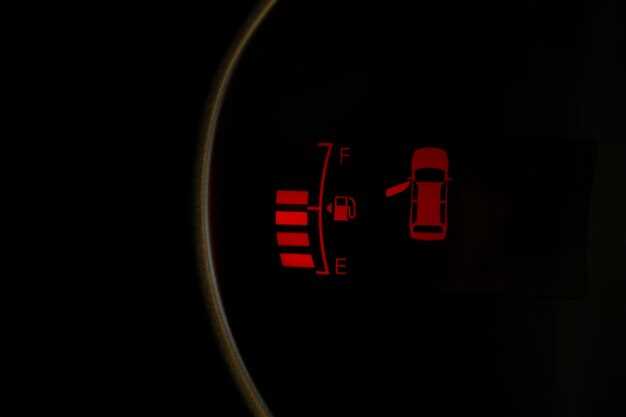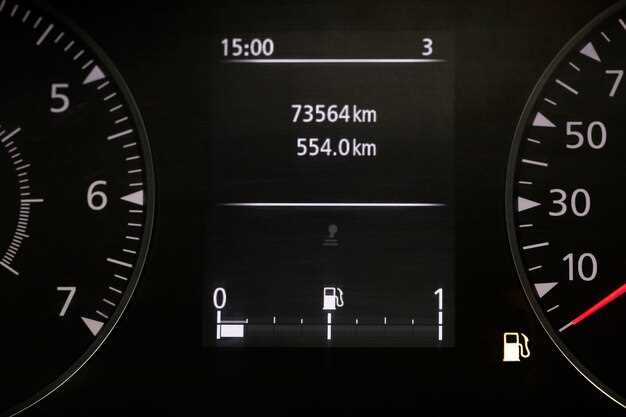
How to Read Audi Dashboard Warning Lights

The dashboard of an Audi vehicle is more than just a collection of gauges; it serves as a vital communication tool between the car and the driver. Audi incorporates a range of alert systems that notify you of potential issues, helping to ensure safety and optimal performance. Recognizing the meaning behind these alerts is critical for any Audi owner.
Each dashboard light is designed to convey important information quickly and effectively. From engine warnings to tire pressure alerts, understanding these symbols can prevent minor issues from escalating into serious problems. Being aware of what each alert indicates ensures that you can take appropriate action in a timely manner.
In this article, we will dive deeper into the various alerts presented on the Audi dashboard. By understanding what each warning light means and how you should respond, you can maintain your vehicle’s health and enjoy a smoother driving experience.
Identifying Common Dashboard Lights and Their Meanings

Understanding the dashboard lights in your Audi is crucial for ensuring safe driving and maintaining vehicle performance. Each light serves as an alert, indicating various system statuses that require attention. Familiarizing yourself with these indicators can help you respond appropriately and prevent potential issues.
One of the most common alerts is the check engine light, which signifies that the vehicle’s engine management system has detected a malfunction. Ignoring this light could lead to severe engine problems, so it’s advisable to seek diagnostics as soon as possible.
The oil pressure warning light is another essential indicator. When this light illuminates, it signals low oil pressure, which can lead to engine damage. Check your oil level and, if necessary, consult a mechanic immediately.
The battery warning light indicates an issue with the vehicle’s charging system. If this light appears, it may mean the battery is not charging properly or there is a problem with the alternator. Addressing this issue promptly can prevent your Audi from becoming inoperable.
Audi vehicles are also equipped with temperature warning lights, which monitor engine temperature. If the light turns on, it suggests the engine is overheating, which could result from a coolant leak or malfunctioning thermostat. Taking action is critical to avoid engine failure.
Additionally, the brake warning light may illuminate if there is an issue with the braking system or if the handbrake is engaged. Regular checks of your brake system are vital for your safety on the road.
Other lights to be aware of include the ABS (Anti-lock Braking System) warning light, which indicates a malfunction in the anti-lock braking system, and the tire pressure monitoring light, which alerts you to low tire pressure that can affect handling and safety.
By recognizing these common dashboard lights, Audi drivers can take timely actions to ensure their vehicle remains in optimal condition and address any potential concerns before they escalate into serious problems.
What to Do When a Warning Light Activates

When an Audi dashboard warning light activates, it signals a potential issue with your vehicle that requires immediate attention. The first step is to remain calm and assess the situation. Take note of which alert has appeared, as different lights signify varying levels of urgency.
If a yellow warning light illuminates, it typically indicates a cautionary issue, such as low oil pressure or a tire pressure alert. In this case, you should safely pull over to the side of the road and check the specific system indicated by the alert. Refer to your owner’s manual for detailed information on the warning light and suggested actions.
If a red warning light activates, such as the engine warning or brake warning, you should stop driving immediately. Red lights indicate critical issues that may lead to severe damage or safety risks. Turn off the engine and contact a qualified Audi technician as soon as possible.
In situations where the warning lights are accompanied by unusual sounds, smells, or performance changes, it’s essential to seek professional assistance without delay. Ignoring these alerts can lead to greater problems and costly repairs.
Lastly, regular maintenance can help prevent the activation of dashboard alerts. Staying proactive with your Audi’s health will ensure a smoother, safer driving experience.
Preventive Measures to Minimize Warning Light Alerts
To ensure smooth operation of your Audi and reduce the frequency of warning light alerts, it is crucial to adopt effective preventive measures. Regular maintenance is the cornerstone of vehicle care. This involves adhering to the manufacturer’s recommended service schedule, which includes oil changes, fluid top-ups, and filter replacements. Regular inspections help identify potential issues before they escalate into serious problems, triggering warning lights.
Another vital aspect is to monitor the vehicle’s dashboard lights actively. Familiarizing yourself with the different types of lights, such as warning, indicator, and status lights, will enable timely responses to alerts. For instance, a yellow caution light often signals that attention is needed but may not indicate an immediate threat, whereas a red light may require immediate action.
Keeping tire pressures at recommended levels is also essential. Incorrect tire pressure can lead to various dashboard alerts, affecting both safety and fuel efficiency. Additionally, routinely checking the vehicle’s battery and electrical system can prevent related warning lights from appearing, as electrical issues are common culprits for alerts.
Using high-quality fuels and fluids, compliant with Audi specifications, can significantly reduce the likelihood of engine-related alerts. Low-quality products may introduce contaminants that could trigger performance issues, resulting in dashboard warnings.
Lastly, developing a habit of conducting a pre-trip checklist can be invaluable. Ensure that all essential vehicle systems, including brakes, lights, and signals, are functioning correctly. This proactive approach can help minimize unexpected warning light alerts while enhancing overall driving safety.